As I continue my design for my rustic Catan board game, a lot of specifications come to mind in terms of look and feel. Here’s a list of my top five goals/specifications for this project, in order of priority:
- Functionality of the Game: While the look of the board matters a ton, the most important thing is that it’s actually playable. Without all the necessary parts, it would just be a table piece. My main goal is to make sure I create every tile, road, settlement, city, card, and harbor in the right quantities so the game can be played exactly like the original.
- Rustic Aesthetic: The whole reason this board is special is because of the aesthetic, so it’s a big priority. I’m making everything out of wood and keeping the design simple to highlight the wood grain. Here are some of my designs so far:
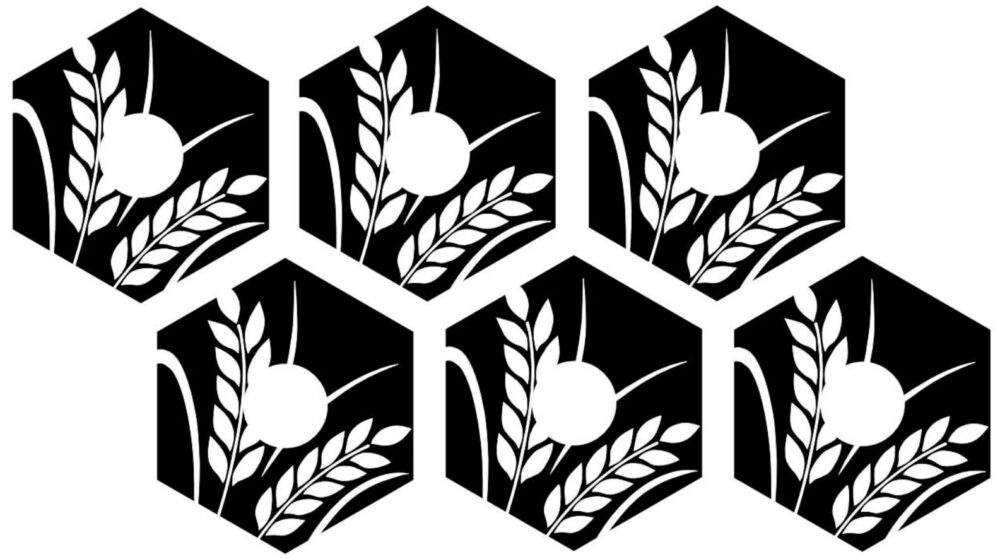
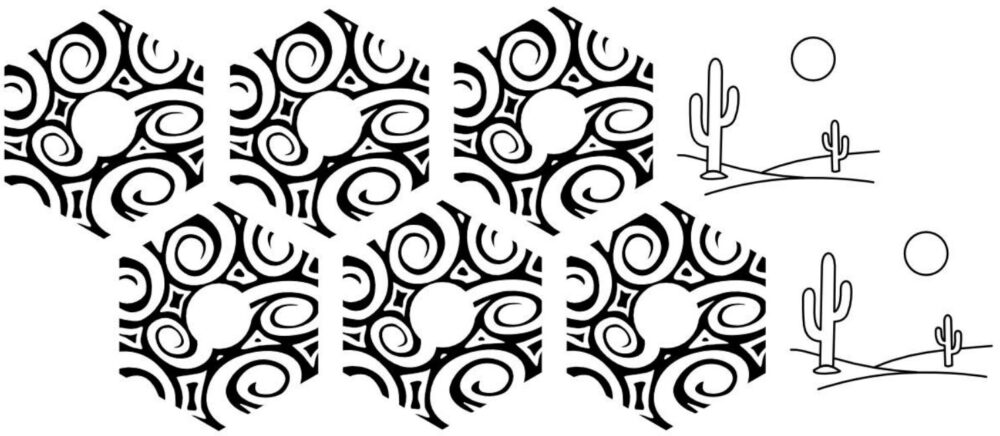
- Colors and Wood Grain: This goes along with the aesthetic, but one of my main goals is to use different stains to distinguish between tiles and players. I’m also hoping to incorporate multiple types of wood, each with its own unique grain pattern. Here is an example of how my player pieces (roads, cities and settlements) highlight the grain of the wood.

- Number of Players: Originally, I was planning to make the standard 3-4 player version of Catan, but now I want to create the expanded version that allows up to 6 players. This means making extra tiles, player pieces, and cards.
- Durability: I want this board to last a long time, so durability is important. I’m using ¼” thick wood for the tiles to improve longevity. The only thing I’m a little worried about is the playing cards since they’re made from thin 1/16″ plywood, but since they’re plywood, they should hold up decently.
There are a lot of moving parts to this project, and each one comes with its own challenges. Here are the five biggest constraints I need to consider:
- Time: The biggest time sink will be laser engraving and cutting since there are so many pieces. While I’ve finished most of the design work, actually making everything will take a lot of time. This is probably going to be the hardest constraint to deal with, given how little time is left in the semester, but as long as I stay on top of things, I should be able to manage it.
- Stains and Colors: A big challenge here is sourcing different stain colors, which can get expensive. There’s also some risk, if I mess up staining a tile, fixing it could set me back significantly.
- Sanding: This is going to take forever since I have so many pieces to go through. My plan is to use a fine-grit sandpaper (180-220 grit) and sand everything before staining.
- Lining Up Cuts and Engravings: One issue I expect to run into is making sure the laser engraving lines up perfectly with the cuts. My plan is to engrave first and then run the cutting pattern, but since I can’t do both in one file, I’ll need multiple files, which increases the chance of misalignment. If they don’t line up properly, I’ll waste both time and materials. An example of this is shown below:
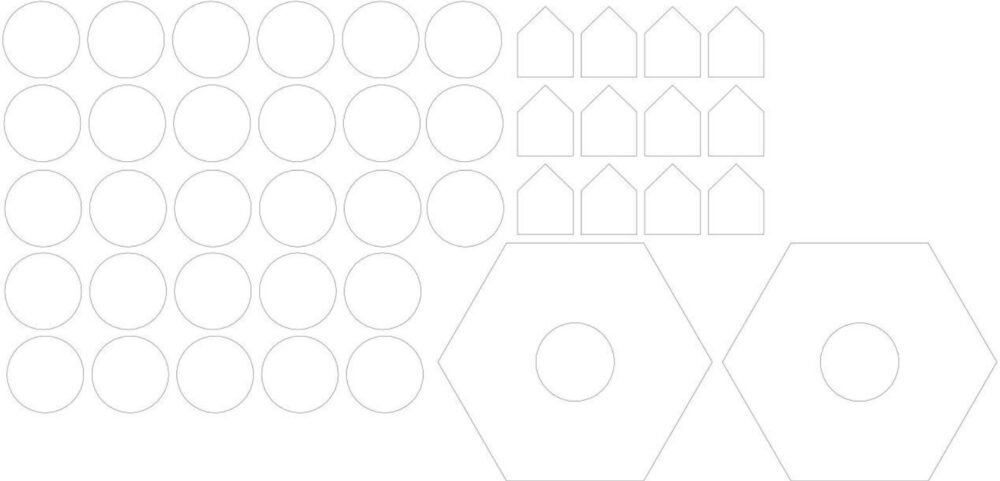

- Money: This isn’t the biggest issue, but this project has definitely made a dent in my wallet. That said, it’ll be worth it in the end since this board is unique and something I’ll be able to use for the rest of my life.
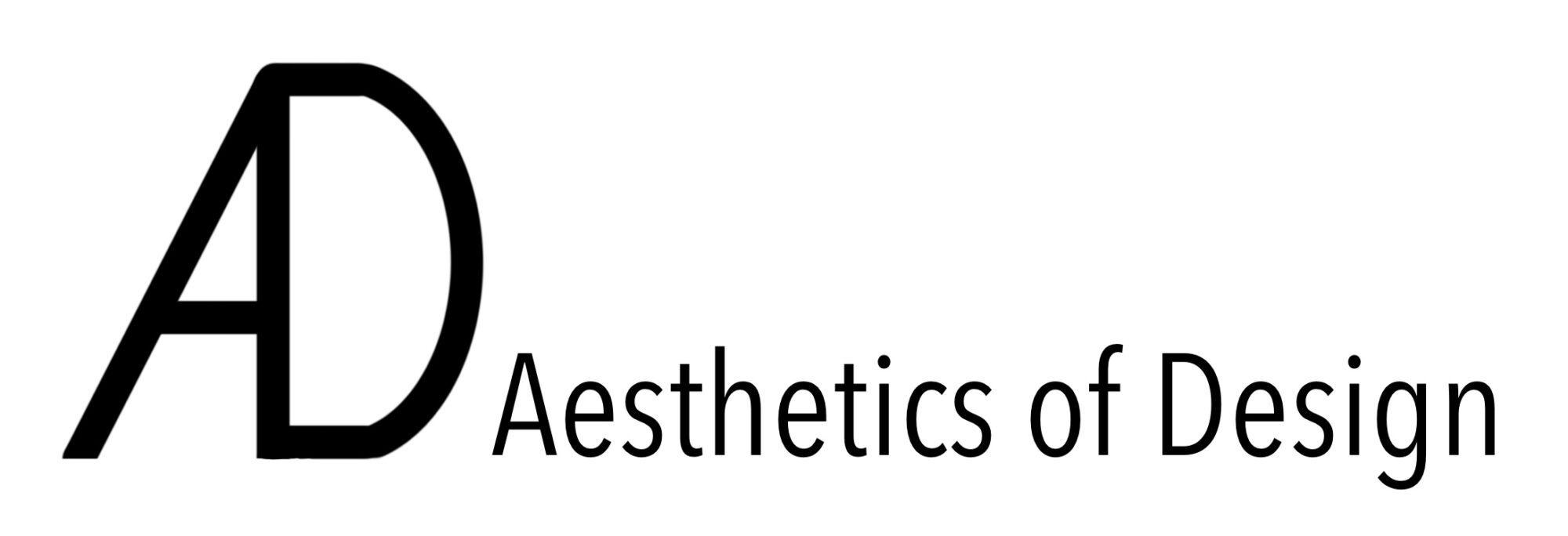
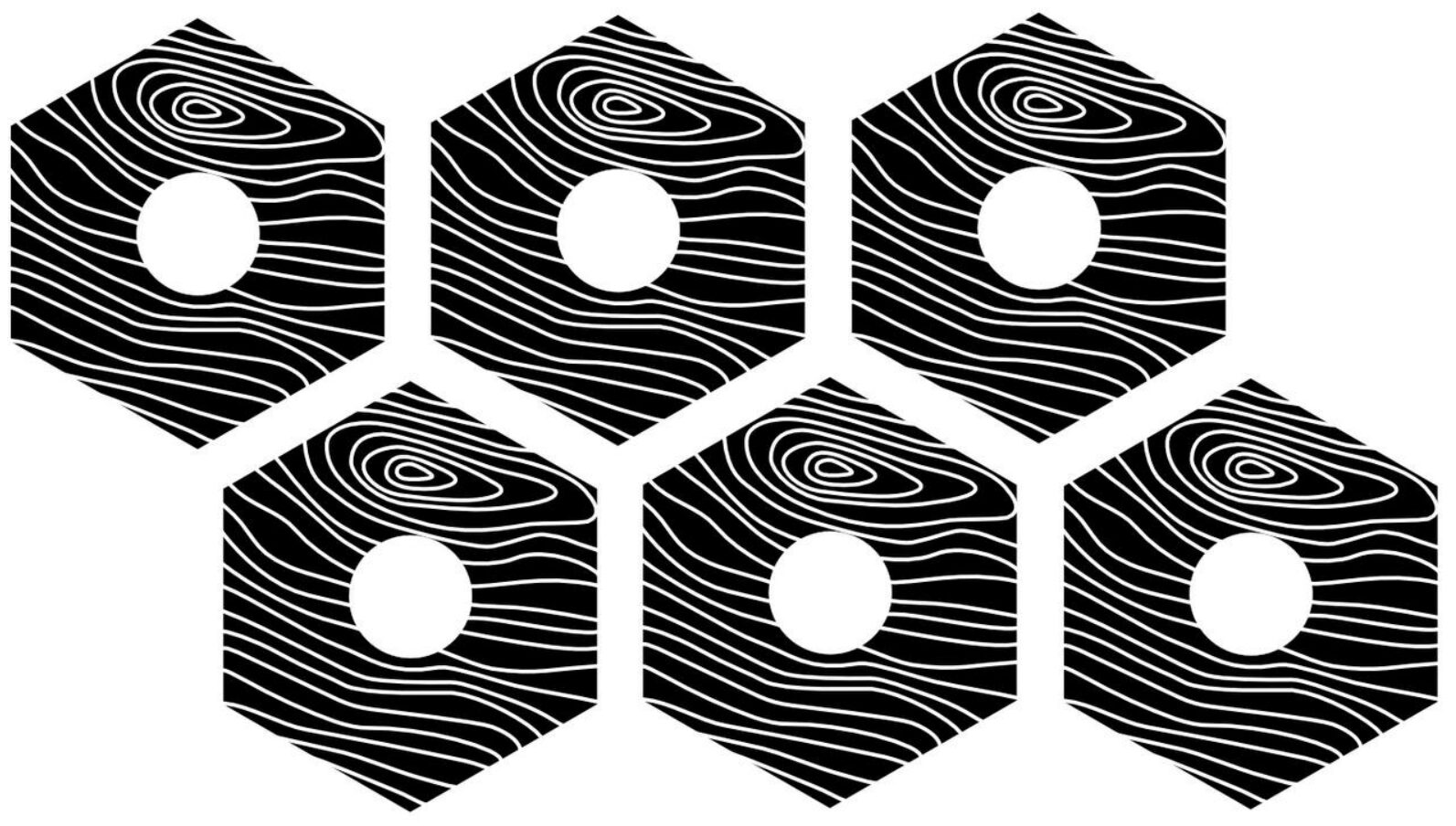
1 Comment. Leave new
Hi Cole, I think your specifications and constraints are really well laid out! I agree that functionality in something like this matters a ton because if it doesn’t work you probably wont use it as much. Since time is one of your biggest constraints, I was wondering if you plan on sanding on a machine at like the idea forge to speed things up or if it will be all done by hand. Great project!